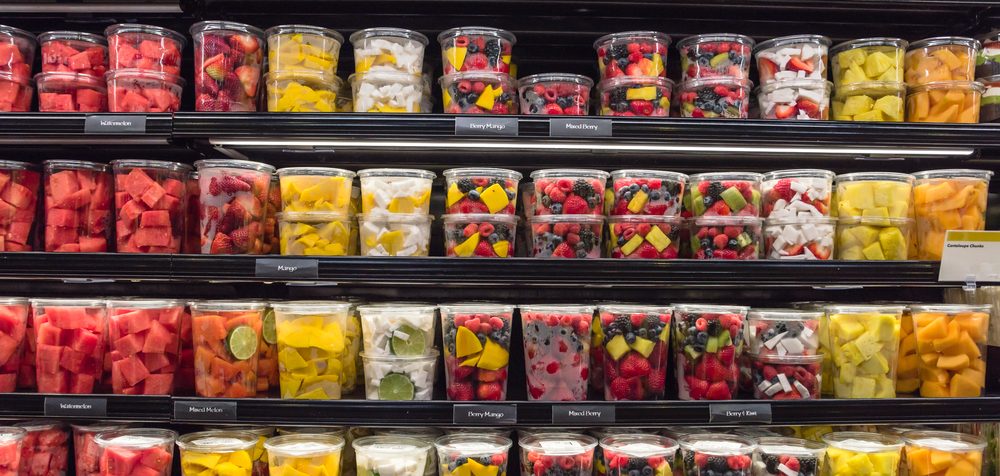
Researchers from the University of Hong Kong have created a plastic alternative that is transparent, completely edible, and fully degradable after two months.
The team worked with bacterial cellulose – a sheet-like substance made of tightly knit cellulose fibers that’s produced by the activity of certain bacterial species. Bacterial cellulose is renewable, non-toxic, and biodegradable, but is highly sensitive to water, making it unsuitable for storing wet goods or functioning in humid environments.
In order to produce a superior cellulose composite, the researchers started with a productive bacteria species – Komagataeibacter xylinus. This was placed into a growth medium of tea and sugar, and protein isolates extracted from soybeans were added in an attempt to strengthen its resilience and other mechanical properties. After seven days of fermentation they took the bacterial cellulose film that had formed and placed it into a pool of calcium alginate – a biodegradable ingredient that increases transparency of the substance and adds water- and oil-resistant properties. Polyethylene glycol was also added to help bind the ingredients and acted as a plasticizer to give flexibility to the end product.
After the film dried , the raw material was fashioned into different products for testing. When formed into a bag designed to store oily ingredients – such as potato chips – they found that the packaging kept the contents crisper against humid exterior conditions than conventional bacterial cellulose bags. Tests also showed that the tensile strength of the cellulose composite outperformed both paper and low-density polyethylene plastic that are widely used in single-use packaging.
The new cellulose composite is biodegradable and non-toxic to consume. The team is now examining the potential for more sustainable production by using food waste streams as the raw materials to feed the cellulose-secreting bacteria.
“This research serves as a reminder that natural raw materials may already possess the necessary characteristics to perform beyond the functions of plastic packaging,” the authors stated.
